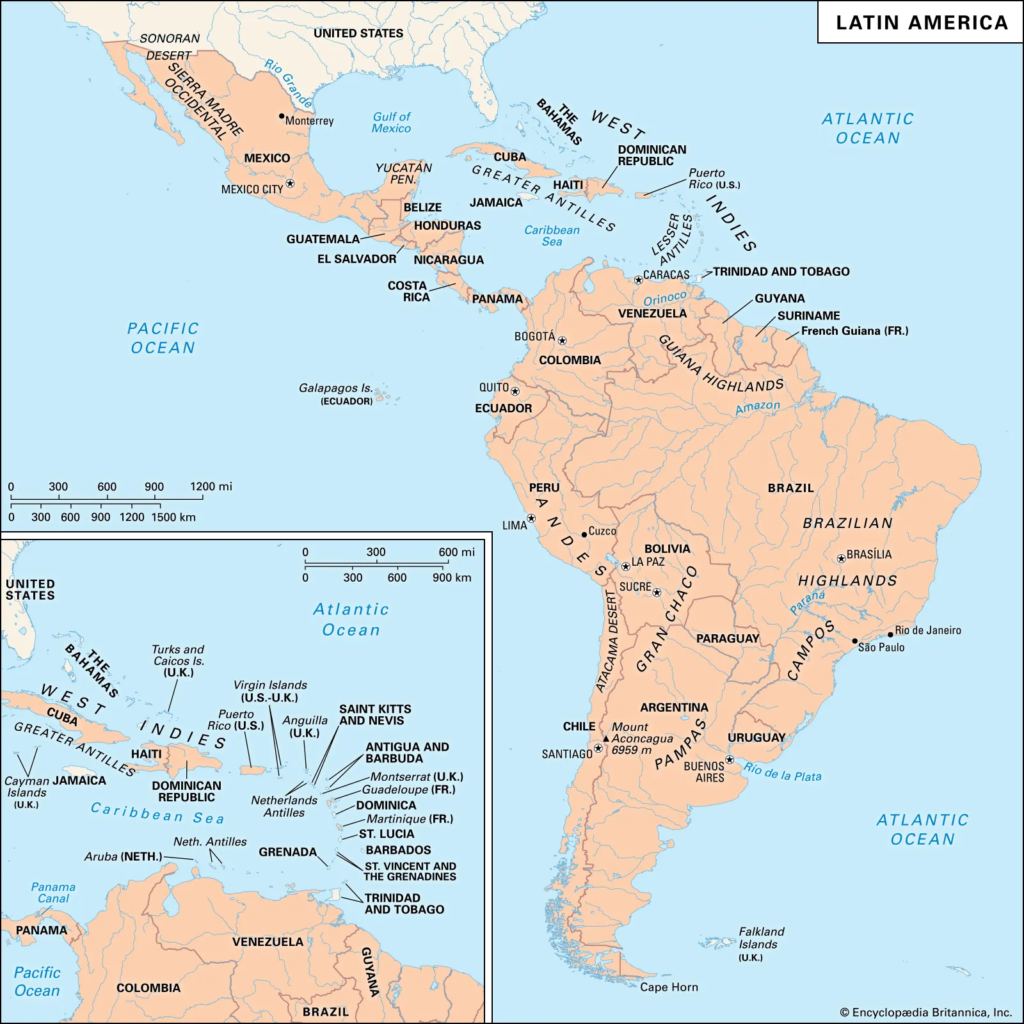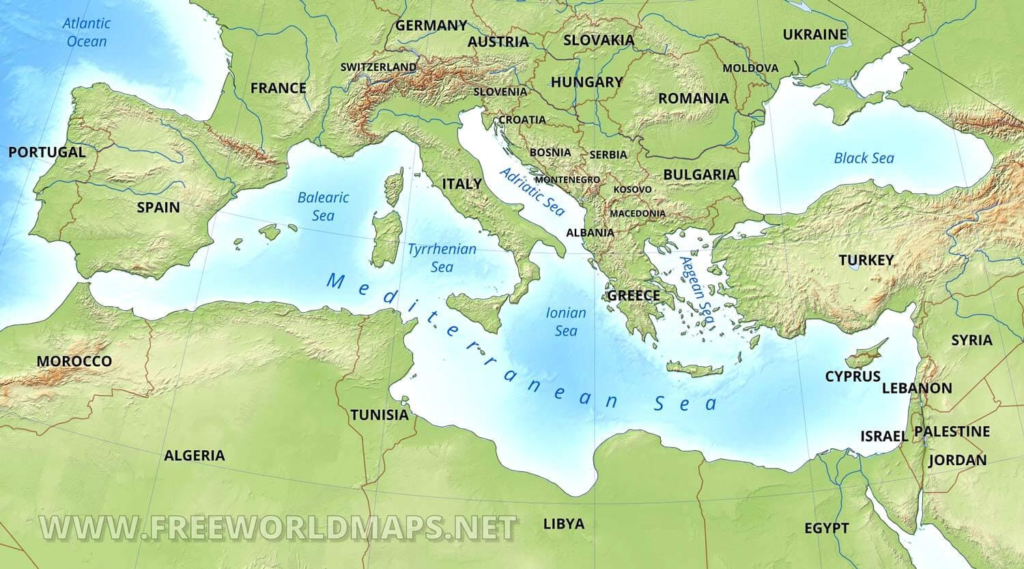Desertification is the process by which fertile land becomes increasingly arid, losing its productivity and biological potential, often turning into desert-like conditions.
According to the United Nations Convention to Combat Desertification (UNCCD), desertification refers to land degradation in arid, semi-arid, and dry sub-humid areas resulting from various factors, including climatic variations and human activities.
However, the phenomenon is not confined solely to traditional deserts or specific climatic zones; it is a global challenge that transcends climatic boundaries and affects a wide array of ecosystems and societies.

Why Desertification Transcends Climatic Boundaries ?
1. Multifactorial Causes
Desertification is driven by a complex interplay of natural and anthropogenic (human-induced) factors:
- Climatic variations: Changes in rainfall patterns, prolonged droughts and rising temperatures can degrade vegetation and soil quality, setting the stage for desertification.
- Human activities: Overgrazing, deforestation, unsustainable agricultural practices, urbanization, and industrial activities exacerbate land degradation, regardless of the prevailing climate.
2. Not Limited to Arid and Semi-Arid Regions
While arid and semi-arid zones are more vulnerable due to their fragile ecosystems, desertification can also occur in humid, sub-humid, and even temperate regions under certain conditions. The key determinant is not the climate alone, but the susceptibility of land to degradation through misuse or mismanagement.
3. Global Reach of Desertification
According to the Food and Agriculture Organization (FAO), desertification affects about two-thirds of the world’s countries and one-third of the earth’s land surface, impacting the livelihoods of approximately one billion people. This widespread distribution underscores that desertification is not constrained by climatic boundaries.
Examples Demonstrating the Absence of Climatic Boundaries
Africa: The Sahel Region
- The Sahel, a semi-arid belt south of the Sahara, is a classic example of desertification driven by both climatic factors (prolonged droughts) and human activities (overgrazing, deforestation, and unsustainable farming).
- The expansion of the Sahara southwards is not merely a result of natural climate cycles but is exacerbated by land mismanagement.
- Initiatives like the Great Green Wall, a massive afforestation project across 11 countries, aim to halt and reverse land degradation.
Asia: Northern China (Ningxia Hui Autonomous Region)
- Located between several deserts, Ningxia has witnessed severe desertification, with over half its area already affected.
- Human-induced factors such as overgrazing, intensive agriculture, and deforestation have played a major role, alongside climatic stressors.
- Restoration efforts, including re-vegetation and sustainable farming, have shown that reversing desertification is possible even in non-arid regions.
Australia: The Murray-Darling Basin
- The Murray-Darling Basin, a vast region in southeastern Australia, is not a desert but has experienced significant desertification due to prolonged droughts, overgrazing, and soil salinization from improper irrigation practices.
- This example illustrates that even temperate and semi-humid regions can succumb to desertification when land is mismanaged.

Latin America and the Caribbean
- Despite being known for rainforests, about one-fourth of Latin America and the Caribbean is desert or drylands.
- Land degradation here is driven by overexploitation, deforestation, and unsustainable agricultural expansion, not just by climate.

Europe: Mediterranean Region
- Parts of Southern Europe, particularly the Mediterranean basin, have experienced desertification due to over-cultivation, deforestation, and unsustainable land use, despite relatively moderate climates.

Key Drivers That Ignore Climatic Boundaries
1. Soil Erosion
- Soil erosion, a major process in desertification, is a global phenomenon affecting all major biomes, including temperate grasslands, tropical forests, and mountainous regions.
- Practices such as intensive plowing, deforestation, and overgrazing accelerate erosion, leading to land degradation in diverse climates.
2. Urbanization and Industrialization
- Rapid urbanization increases resource demand, often resulting in the over-extraction of water, soil, and vegetation, making land more susceptible to degradation and eventual desertification.
- This trend is observed in both developing and developed countries, across various climatic zones.
3. Loss of Soil Fertility
- Overuse of chemical fertilizers, irrigation-induced salinization, and acidification degrade soil health, leading to reduced productivity and increased vulnerability to desertification.
- These issues are not exclusive to arid climates but are prevalent in intensively farmed regions worldwide.
The Role of Climate Change
Climate change acts as a force multiplier, intensifying the effects of desertification across all climatic zones:
- Altered rainfall patterns: Unpredictable and extreme weather events, such as floods and droughts, can disrupt vegetation and soil stability, accelerating desertification.
- Rising temperatures: Higher land surface temperatures increase evapotranspiration, reduce soil moisture, and stress vegetation, making land more prone to degradation.
Socio-Economic and Environmental Impacts
Desertification has far-reaching consequences that transcend climatic boundaries:
- Food insecurity: Loss of productive land threatens food supplies in both developing and developed regions.
- Poverty and migration: Reduced agricultural output and resource scarcity drive poverty and force populations to migrate, often leading to urban slums or cross-border displacement.
- Biodiversity loss: Land degradation reduces habitat availability, threatening plant and animal species in various ecosystems.
Desertification is not confined by climatic boundaries. It is a global phenomenon, driven by a combination of climatic variations and human-induced land mismanagement, affecting regions as diverse as the Sahel, northern China, Australia, Latin America, and even parts of Europe.
The process is fueled by soil erosion, loss of vegetation, unsustainable agricultural practices, urbanization, and the overarching influence of climate change. Effective solutions require a holistic, multi-pronged approach involving sustainable land management, reforestation, policy interventions, and community engagement, regardless of climate or geography.
Thus, desertification is a boundary-less threat, demanding global awareness, cooperation, and action.

0 Comments